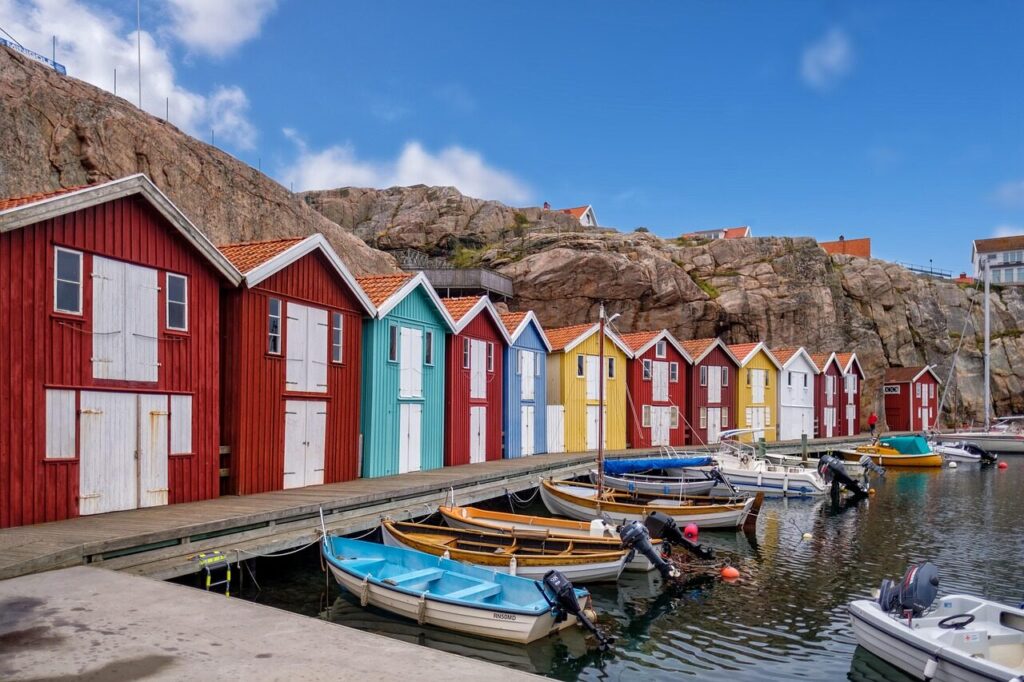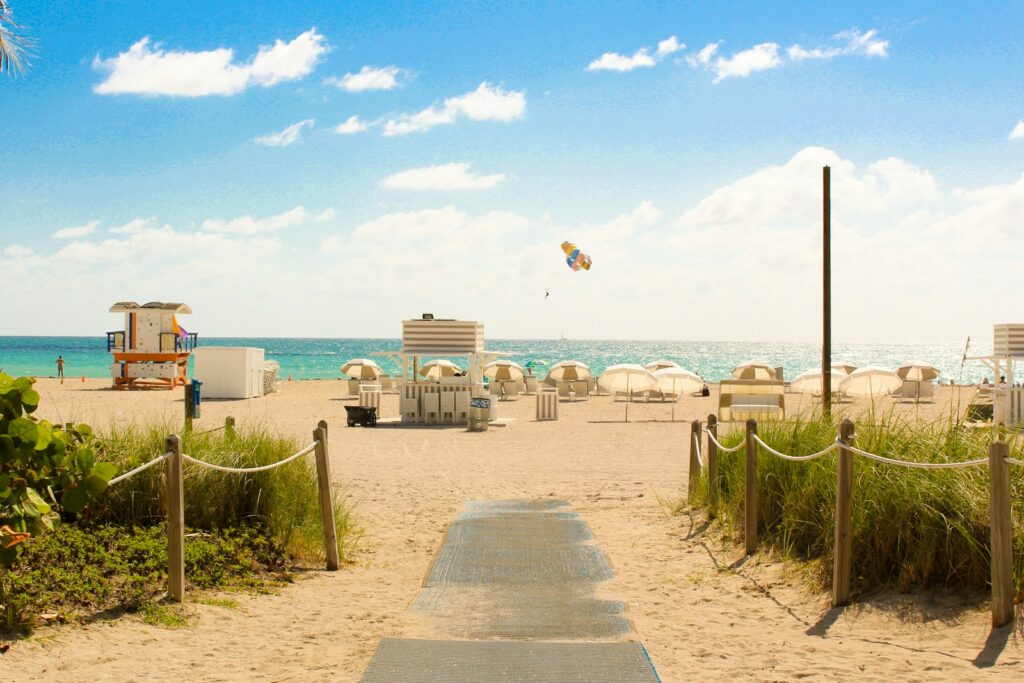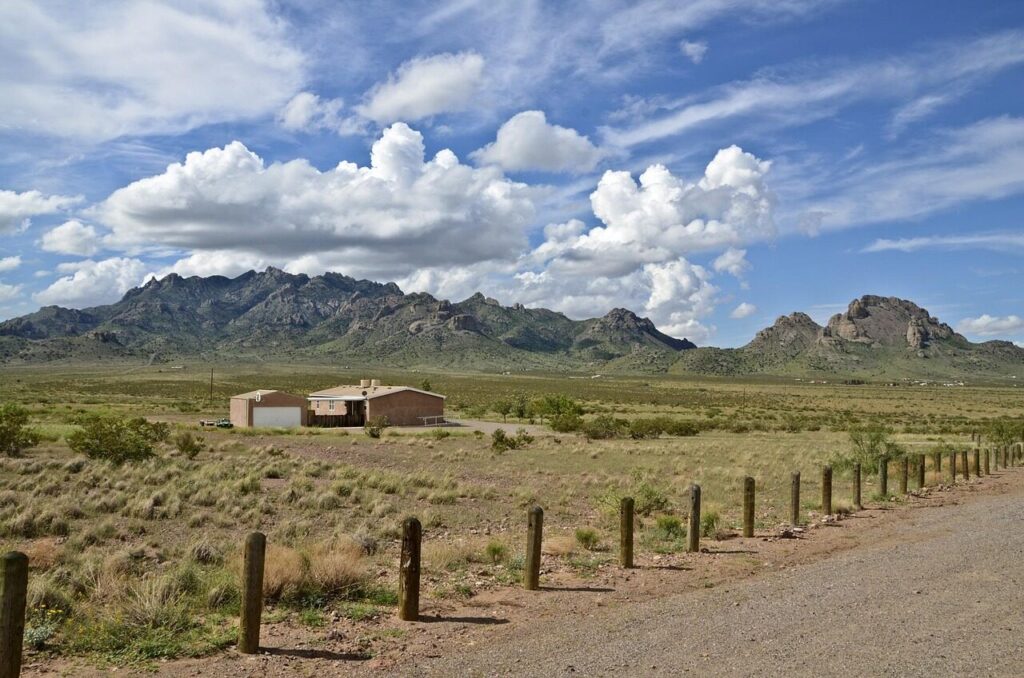The “silver economy” is economic activity driven by older adults, especially those aged 65 and up, and it is not just a demographic trend but a powerful force reshaping America’s future. With baby boomers continuing to age and life expectancy rising, states across the U.S. are seeing dramatic growth in their senior populations. This shift is fueling demand for age-friendly housing, healthcare innovations, senior services, and accessible consumer products. In many states, retirees are no longer a passive demographic but active contributors to local economies through entrepreneurship, volunteering, and spending. As we explore the twelve states leading this transformation, we will see how demographic patterns combine with policy, migration, and infrastructure to create thriving hubs for the silver economy and what this means for communities, business, and public planning.
1. Maine

Maine leads the nation in the share of its population aged 65 and older, with around 21.8 percent of residents in that age group. Aging in place is common, as younger people often leave the state for career opportunities, leaving behind a growing senior demographic. This concentrated older population supports a strong local silver economy, including retirement services, elder care, and community-based healthcare. The state’s rural character also means creative opportunities for aging in place solutions such as home retrofits, telehealth, and community-driven social services tailored to seniors.
2. Florida

Florida is a classic retirement haven, and it remains one of the top states for its senior population by absolute numbers. The warm climate, absence of a state income tax, and abundance of age-friendly infrastructure make it highly attractive to retirees. This appeal has spurred robust demand for senior housing, luxury retirement communities, and recreational services that cater to older adults. Health care systems in Florida are increasingly orienting around geriatric care, while financial services and wellness industries are pivoting to meet the needs of its swelling older population.
3. Vermont

Vermont ranks high in terms of the percentage of its population over 65, with approximately 21.6 percent. The state’s slow population growth and limited in-migration of younger people mean that the silver demographic is especially prominent. This concentration of older adults drives a local economy focused on home-based services, rural health care, and community engagement. Vermont’s small, tight-knit towns also allow for innovative senior-focused social enterprises such as cooperatives for shared living, local care networks, and volunteer-based elder outreach.
4. West Virginia

West Virginia has one of the largest proportions of seniors in its population, nearly 21 percent. With an aging workforce and limited younger replacements, the demand for elder care services has surged. The silver economy here is bolstered by long-term care facilities, home health aides, and public-sector programs aimed at keeping older adults in their community. Economic opportunities are also opening in wellness tourism, including senior living communities that combine care with leisure, as well as in adaptive infrastructure, such as more accessible transportation and housing upgrades.
5. Delaware

Delaware’s share of older adults is among the highest in the country at about 20.8 percent. The state’s small size, proximity to major urban centers, and relative affordability make it a practical retirement destination. Its silver economy benefits from a rising demand for age-friendly housing, financial planning firms focused on retirement, and health care services tailored to older adults. In addition, local government and nonprofits are supporting senior-focused community programs, helping to maintain the quality of life for retirees while stimulating related business growth.
6. Hawaii

Hawaii also has a notably high proportion of seniors, with approximately 20.4 percent of the population being 65 or older. The state’s unique geography and strong sense of community have fostered a silver economy that blends lifestyle and care. Retirees often live in multigenerational households or communities with deep social ties, driving demand for holistic elder care, wellness programs, and culturally sensitive services. Tourism also intersects with aging as many older adults both live and vacation in Hawaii, fueling hospitality, leisure, and health-oriented businesses tailored to their needs.
7. New Hampshire

New Hampshire’s senior demographic is growing rapidly, with about 20.2 percent of its population aged 65 and over. This aging trend supports a silver economy rooted in community-based care, local healthcare systems, and senior-friendly housing. The state’s quality of life, low crime, and natural beauty attract retirees who value both independence and safety. In turn, entrepreneurs and public agencies are seizing opportunities in telehealth, elder transportation, and home modification services to accommodate this growing market.
8. Montana

Montana is another high-ranking state for its proportion of older adults, with 20 percent aged 65 and over. The rural, scenic nature of Montana encourages retirees looking for peace, nature, and a slower pace of life. This has spurred growth in regional silver economy sectors including wellness tourism, retreat-style senior communities, and nature-oriented caregiving services. In addition, there is a rising demand for infrastructure that keeps rural seniors connected, such as mobile health services, telemedicine, and community transport, which play vital roles.
9. Pennsylvania

In Pennsylvania, 19.6 percent of residents are 65 or older. Given its large population and well-established healthcare systems, the silver economy here is robust. There is strong demand for geriatric care, senior housing, and retirement planning. Pennsylvania also benefits from non-profit and municipal programs targeting active aging as older adults engage in community centers, enrichment programs, and social volunteer opportunities, driving both economic and social value.
10. Oregon

Oregon has about 19.2 percent of its population aged 65 or older. The Pacific Northwest state’s progressive policies, natural environment, and strong health infrastructure make it a favorable place for older adults. This has fostered a silver economy that emphasizes sustainability, wellness, and innovation, including eco-friendly retirement communities, integrated care models, and senior-focused technology such as smart-home systems and telehealth. These developments support aging in place and also generate new business opportunities.
11. South Carolina

South Carolina reports around 19.1 percent of its population being 65 and older. Its warm climate, relatively affordable cost of living, and growing popularity among retirees support a thriving silver economy. The state has responded with a mix of independent living communities, age-friendly urban planning such as walkable spaces and public transport, and healthcare services tailored for older adults. Additionally, the recreation and tourism sector is adapting to serve retirees, offering senior-oriented leisure, social activities, and wellness programs.
12. New Mexico

New Mexico’s older population also makes up about 19.1 percent of its residents. The state’s combination of cultural richness, natural beauty, and affordability attracts many retirees. Its silver economy is growing through home-based services, regional health clinics, and culturally sensitive care facilities. There is also momentum in leveraging the arts, spirituality, and outdoor lifestyle to meet older adults’ needs through wellness retreats, creative workshops, and community centers increasingly tailored for the senior demographic, blending economic vitality with quality of life.
Comments